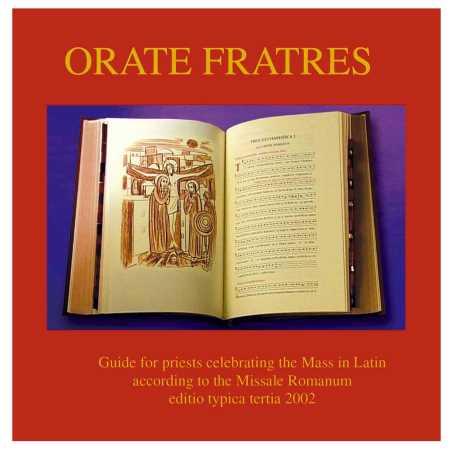Description
This CD has been carefully compiled to fulfil the demand for an accurate guide to the pronunciation of Church Latin and singing of the Gregorian Mass texts. This has been inspired by the publication of the third official edition of the Missale Romanum (2002) which is clearly intended to be used on the altar. It is also evident that singing the Mass is to be preferred wherever possible, as St John Paul II consistently reminded us, so that “the beauty of music and song will return increasingly to the liturgy”¹. It is intended principally to assist in the training of future priests in the seminaries, providing accurate guidance in intoning and singing their parts of the Mass in Latin. It has been recorded for the Association by our late member, Jeremy de Satgé of The Music Makers, who have successfully provided such a CD of the Mass chants in English². The structure follows the Order of the Mass taken from the Missale Romanum beginning with the Greeting and ending with the Dismissal. It includes tones and conclusions for the Collect and Gospel, and seven complete Prefaces.
In the Roman Canon those parts are included for which the Missal provides music, while Eucharistic Prayer III is given in full. Chants for Holy Week are also given, including: Ecce lignum crucis, Lumen Christi and the Exsultet. In addition to the chants of the Sung Mass, there is a clearly pronounced reading of the spoken Mass. We are sure that this resource will be widely welcomed and will lead even more of our future priests, and their congregations, to discover the joy of singing the Mass confidently in Latin.
¹ Pope John Paul II, Audience, 26 February 2003
² ‘Let us proclaim the Mystery of Faith’ (2002)


